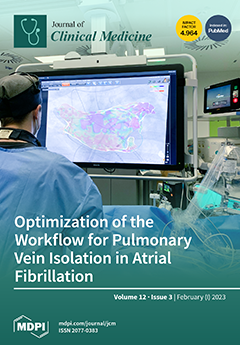BACKGROUND: Unhealthy lifestyle factors are risk factors for stroke, and they play a key role in stroke secondary prevention. A better understanding of these factors may aid with improvements in public health policy.
OBJECTIVE: Our objective was to comprehensively understand the trends in unhealthy lifestyle factors in people who have previously had a stroke in the US.
METHODS: Utilizing data from the biannual United States National Health and Nutrition Examination Surveys (NHANESs) between 1999 and 2018, we collated data on unhealthy lifestyle factors (smoking, alcohol drinking, depression, unhealthy diet, high BMI, physical inactivity, and sedentary behavior) in adults with a history of stroke. The Joinpoint Regression model was used to calculate the annual percentage change (APC) and average annual percentage change (AAPC) to identify trends. Logistic regression modeling was used to identify the influence of sociodemographic factors (age, sex, race/ethnicity, marital status, employment status, family income, and highest education level).
RESULTS: The analysis included 2017 respondents with a history of stroke. Current alcohol drinking (39.3% (95% confidence interval: 29.8, 48.7) to 57.4% (45.7, 69.0)
p = 0.008) and obesity (39.2% (28.3, 50.2) to 49.4% (38.9, 59.8)
p = 0.029) increased significantly from 1999 to 2018. The prevalence of smoking and depression remained generally stable. The proportion of respondents with an unhealthy diet decreased from 1999 (44.5% (32.4, 56.5)) to 2011 (29.0% (17.5, 40.4)
p = 0.019), but then returned to its original prevalence in 2018 (42.0% (31.4, 52.7)). From 2007 to 2018, the proportion of respondents who were physically inactive decreased significantly, from 70.4% (64.4, 76.3) to 55.1% (46.1, 64.2;
p = 0.017). After a gradual increase in sedentary activity from 2007 to 2012, this declined from 2013 to 2018, with no statistical significance. We found stroke survivors who were widowed, divorced, separated, or unemployed were at a higher risk of having unhealthy lifestyles than those who were employed or had other marital statuses.
CONCLUSIONS: A modest reduction in the prevalence of physical inactivity was observed in Americans with a history of stroke between 1999 and 2018. The prevalences of smoking, drinking, depression, poor diet, obesity, and sedentary behavior were stable or increasing.
Full article






